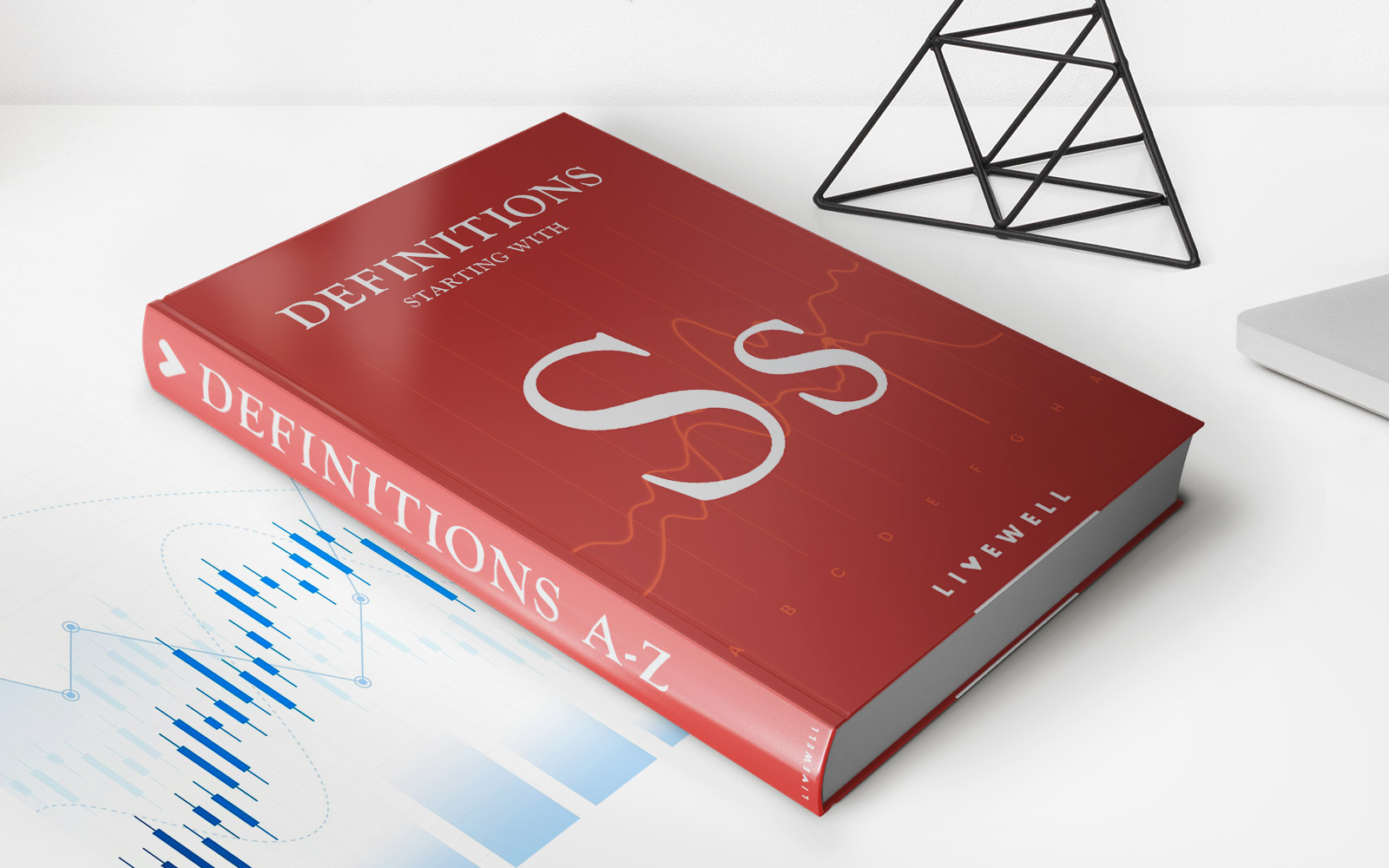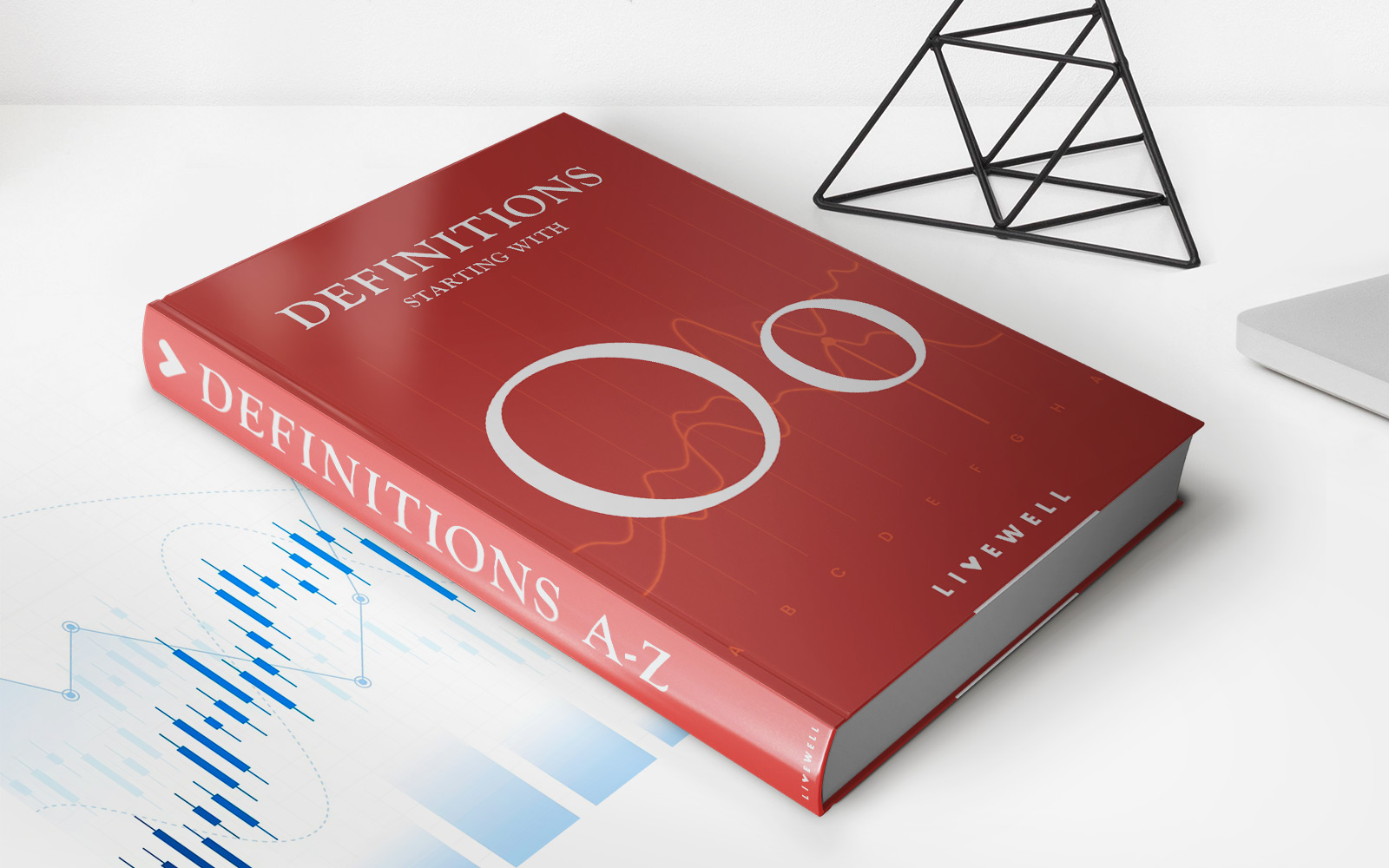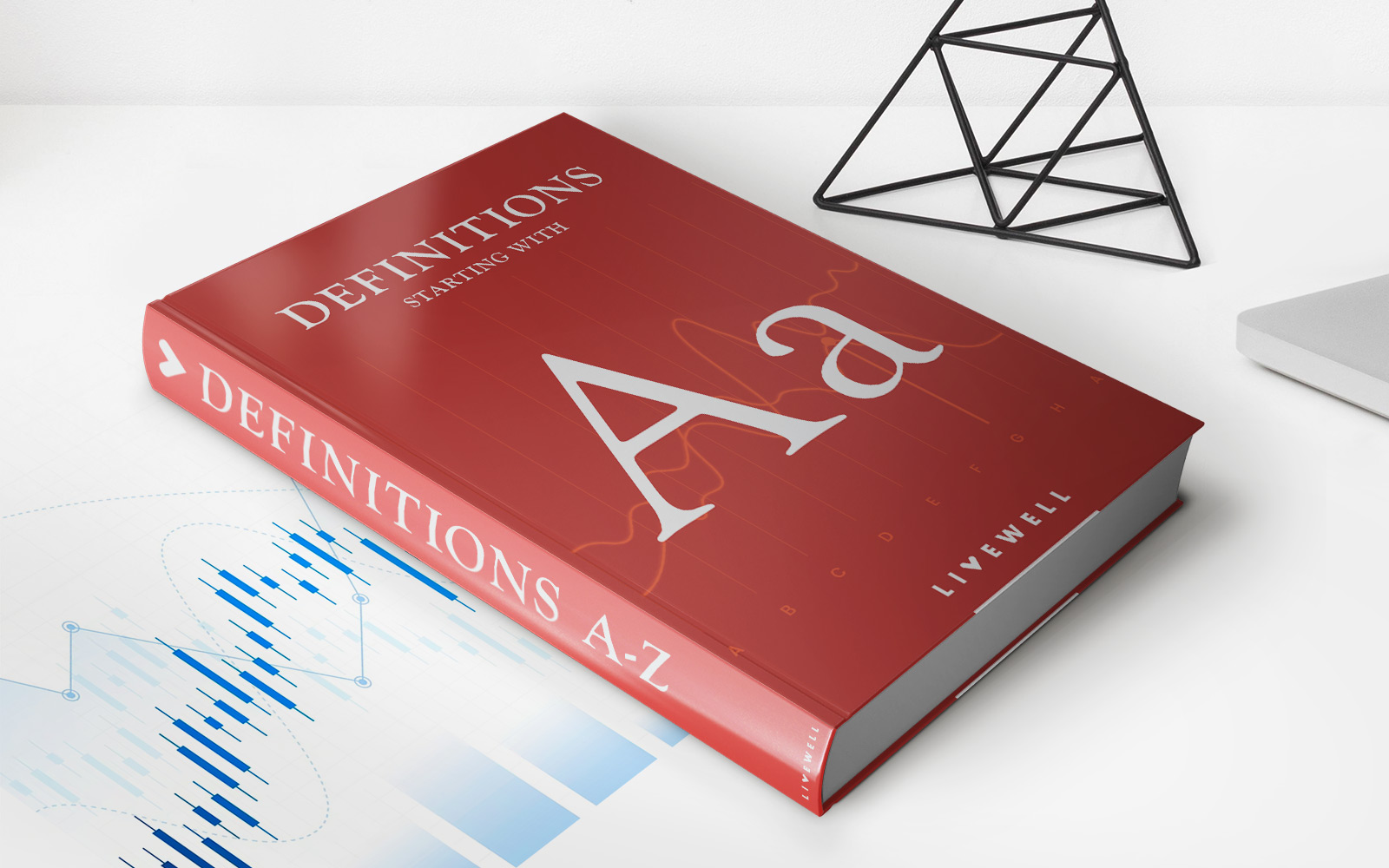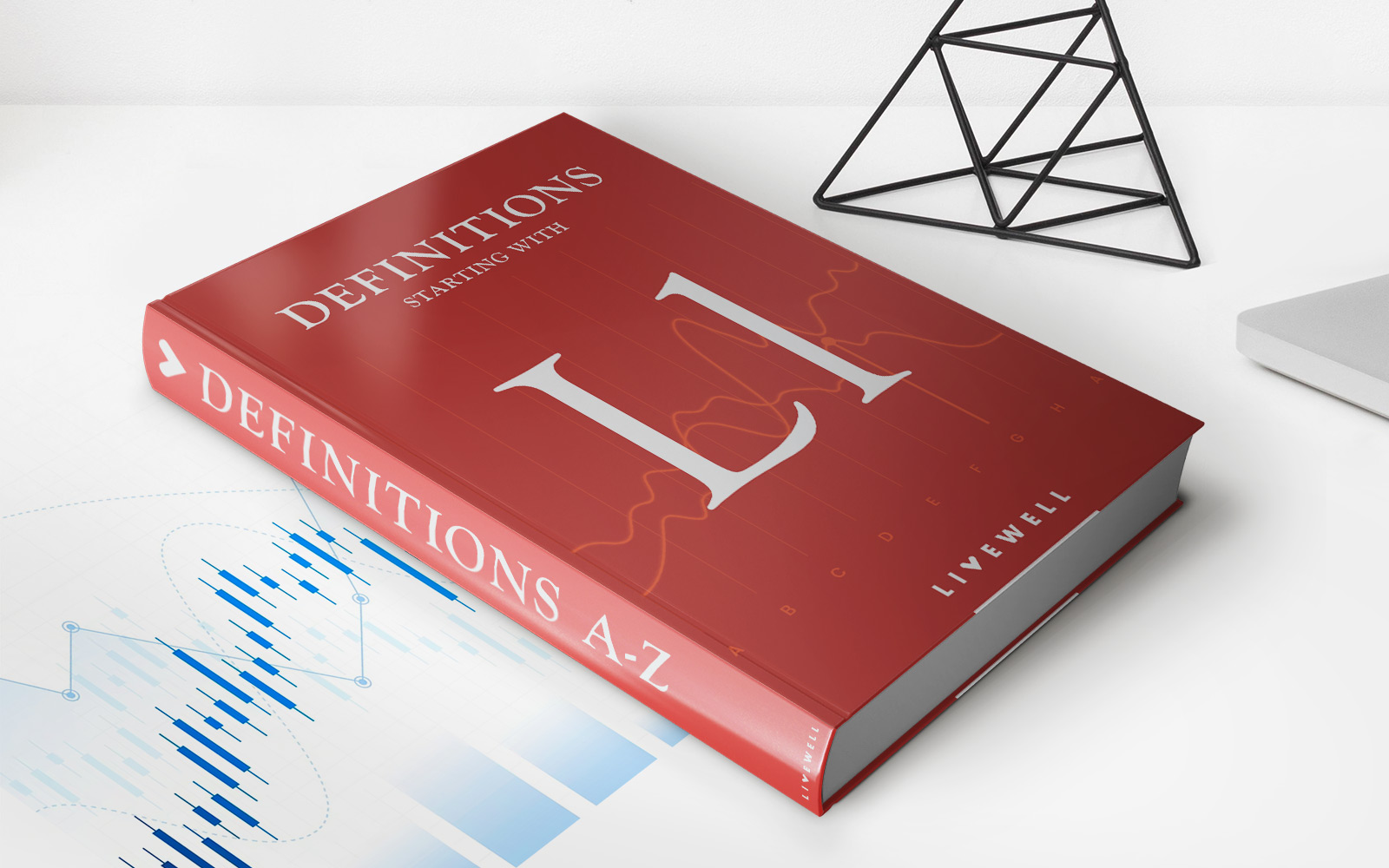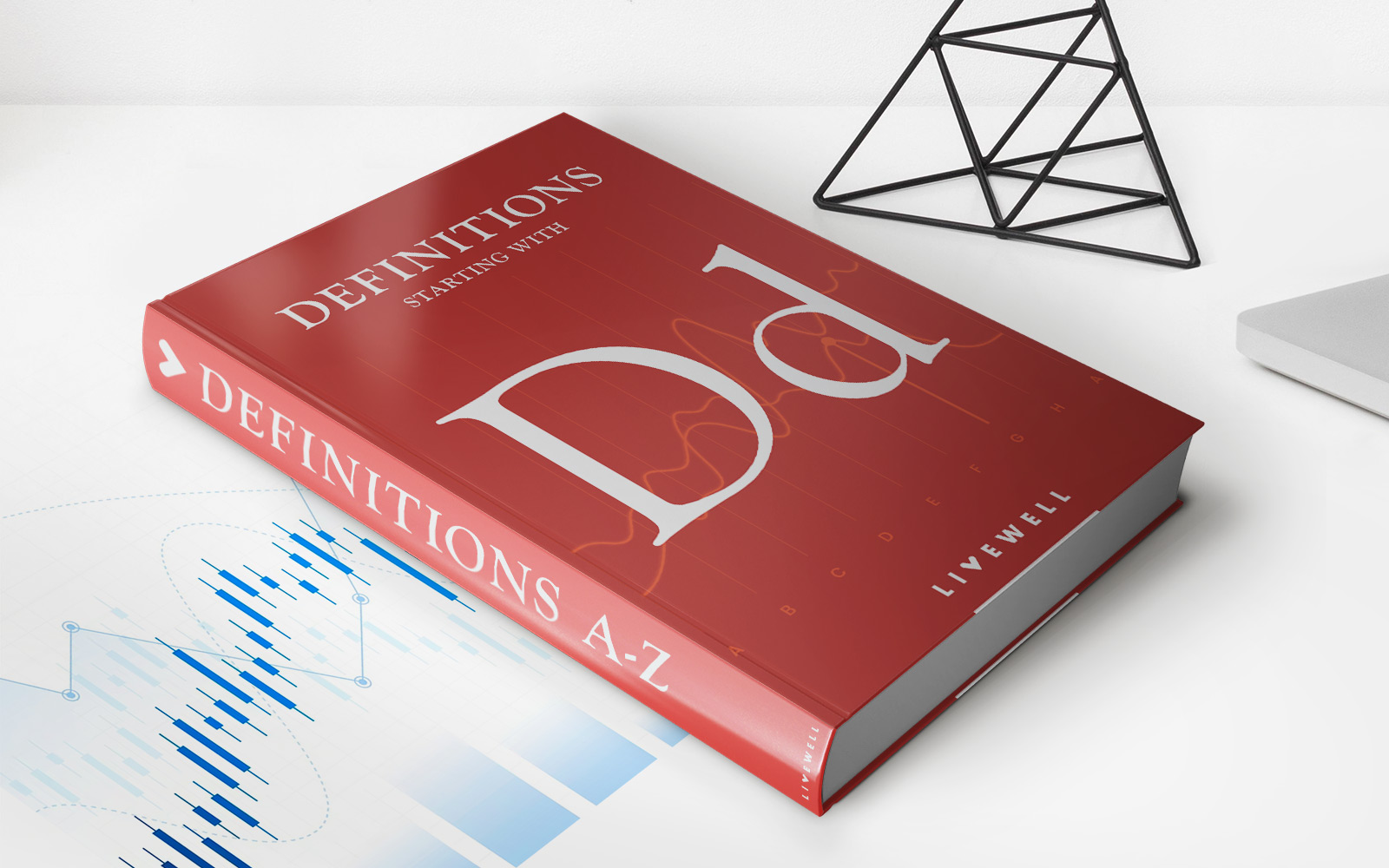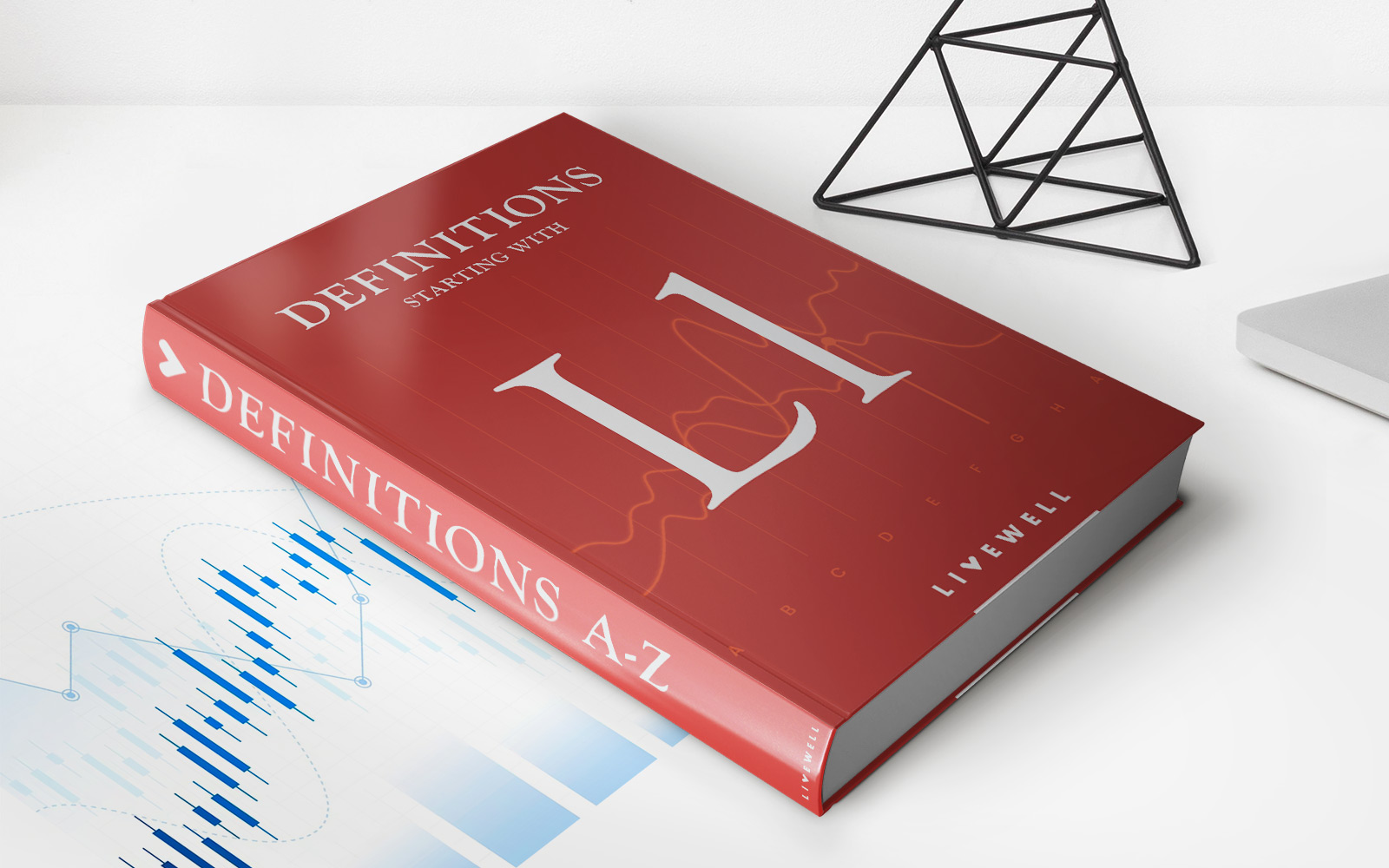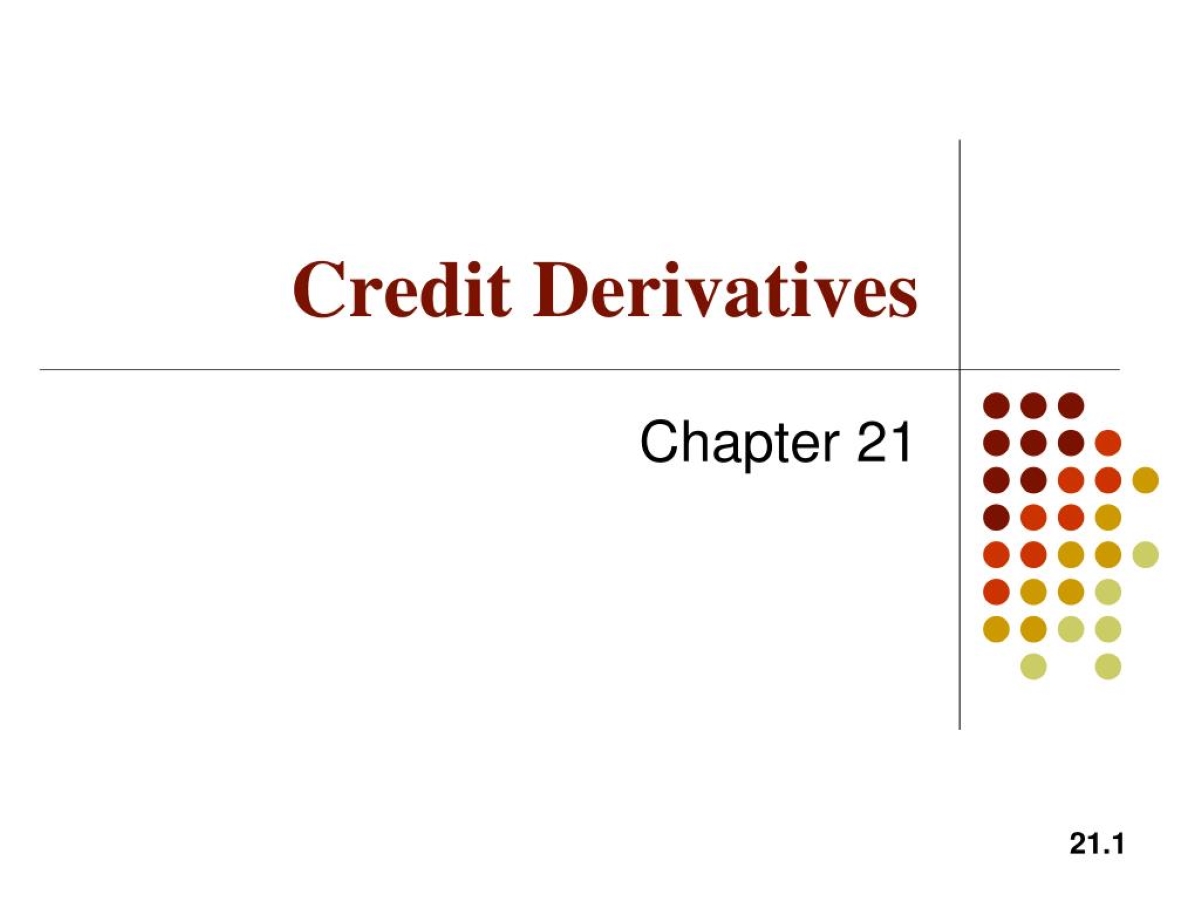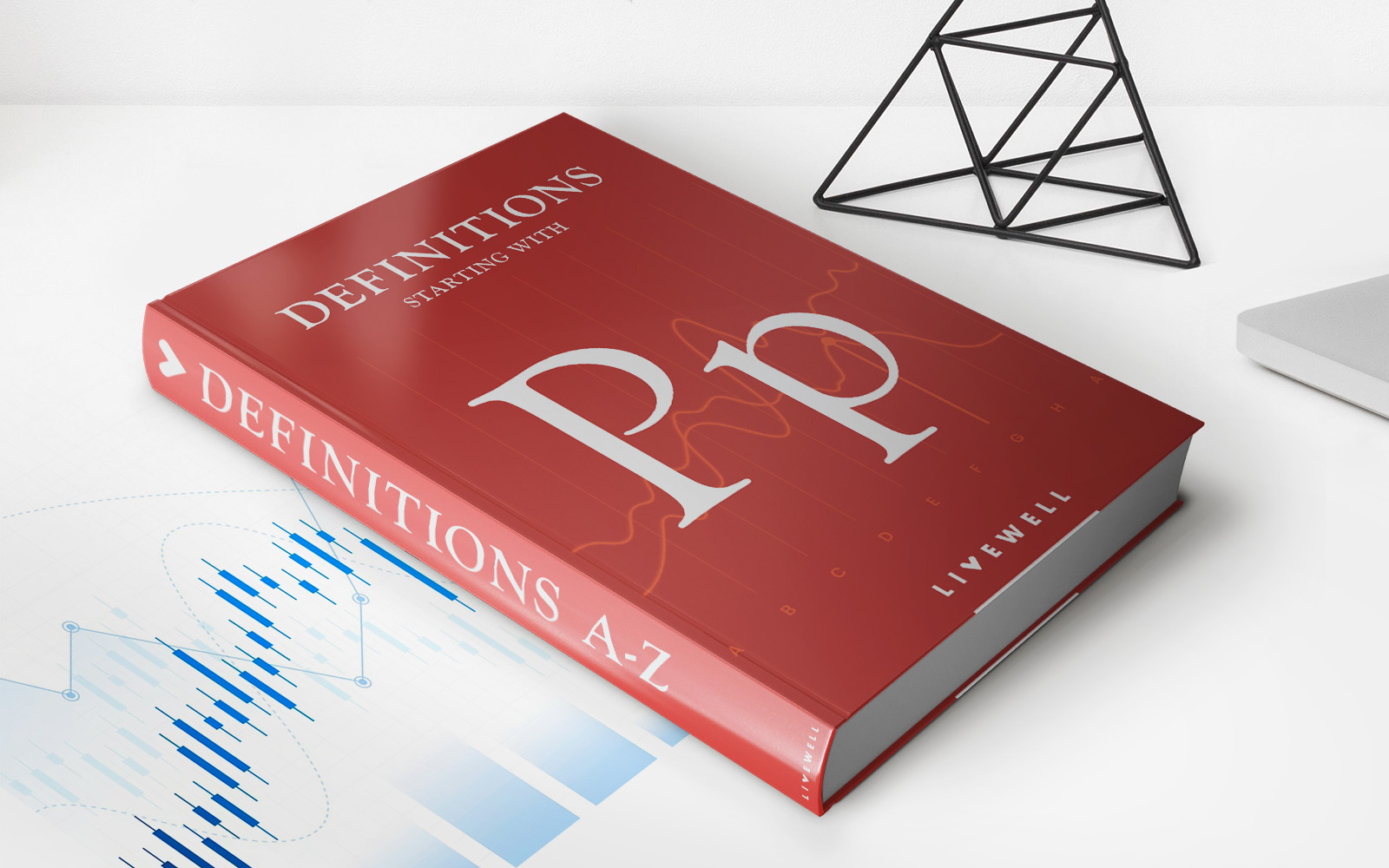

Finance
Price Level Targeting Definition
Published: January 10, 2024
Learn about price level targeting in finance and how it impacts the economy. Understand its definition and importance in financial markets.
(Many of the links in this article redirect to a specific reviewed product. Your purchase of these products through affiliate links helps to generate commission for LiveWell, at no extra cost. Learn more)
The Power of Price Level Targeting in Finance
When it comes to financial strategies, there are various approaches that individuals and businesses can adopt to achieve their goals. One such approach that has gained significant attention and popularity in recent years is price level targeting. In this article, we will delve into the concept of price level targeting, its definition, and its potential impact on the world of finance.
Key Takeaways:
- Price level targeting refers to a monetary policy strategy aimed at keeping inflation within a specific target range.
- This approach focuses on stabilizing the overall price level in the economy, rather than solely targeting short-term fluctuations.
Price level targeting is a monetary policy strategy that seeks to maintain a specific target range for inflation. While traditional inflation targeting aims to keep inflation at a low, stable level, price level targeting takes a broader view by considering the overall price level in the economy over a longer time horizon. Instead of just focusing on short-term inflation fluctuations, price level targeting seeks to stabilize the general price level in the economy.
So, how does price level targeting work in practice? Here are some key points to understand:
- Target Range: Price level targeting involves setting a target range for the overall price level in the economy. This range is typically specified by policymakers and central banks.
- Recovery Periods: In the event that the price level falls below the target range, price level targeting allows for periods of recovery to bring it back within the desired range. This may involve temporarily higher inflation rates to make up for the shortfall.
- Forward Guidance: Central banks often use forward guidance to provide clarity and transparency on their inflation targets and monetary policy decisions. This helps businesses and individuals make informed financial decisions, contributing to economic stability.
Implementing price level targeting can have several benefits. Here are two key takeaways:
- Reduced Uncertainty: Price level targeting provides a more stable and predictable environment for businesses and individuals. By aiming to stabilize the general price level, it offers greater certainty about future inflation rates, making financial planning and decision-making easier.
- Long-Term Focus: Rather than reacting solely to short-term inflation deviations, price level targeting encourages a more long-term perspective. It takes into account the average price level over time, preventing excessive inflation or deflationary pressures.
While price level targeting has its advantages, it’s important to note that no monetary policy strategy is without limitations. Its success depends on factors such as the effectiveness of central bank communication, economic conditions, and the ability to accurately measure the overall price level.
In conclusion, price level targeting is a monetary policy approach that focuses on stabilizing the overall price level in the economy. By setting a target range and allowing for recovery periods, it aims to reduce uncertainty and foster a long-term focus. As the world of finance continues to evolve, exploring innovative strategies like price level targeting can pave the way for a more stable and prosperous financial future.

